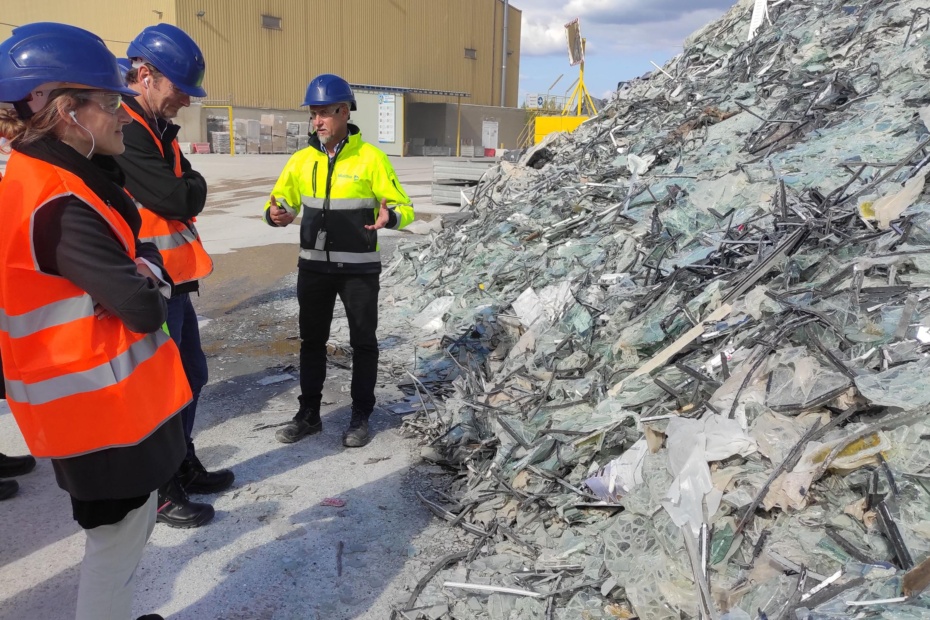The PHOTORAMA consortium is made up of a team of several organizations, all bringing their specific expertise to the project. We have asked Wim and Danny from MALTHA to tell us more about what their role has been so far in PHOTORAMA.
Hello Win and Danny, thanks a lot for taking the time to chat with us today. Can you briefly introduce your organization, your team and explain its role in PHOTORAMA?
We are Maltha Glass Recycling and have 7 glass recycling plants spread over 4 European countries.
We have approx. 250 employees and recycle around 1.3 million tons of glass. The plant involved in the Photorama project is the Belgian site, a dedicated flat glass recycling plant. Our role within the Photorama consortium concerns the analysis and characterization of the retrieved glass from delamination steps. Our second task is to scan the market to find suitable re-use possibilities where the retrieved glass can be re-used in the highest possible quality. Preferably, the glass would be reused again for flat glass manufacturing.
What are you currently working on? What is happening now?
We completed our first task, the characterization of the glass after delamination. We are now scanning the demand and options of the market regarding PV panel glass.
What does your specific expertise add to the consortium?
Maltha Lommel has years-long expertise in flat glass recycling and is one of the biggest flat glass recyclers in Europe. We started some years ago to investigate whether PV panels could be recycled and if the resulting glass could be brought back into the glass melt loop.
Why, according to you, do we need a project like PHOTORAMA?
In 2030 the European market will be overloaded with end-of-life PV panels, the current estimation is that in 2030 1.8 Million tons of PV waste will need to be recycled. Because of the upcoming lack of natural resources, it is of uttermost importance to retrieve as much as possible second-life raw materials from these solar panels.
What is the biggest challenge to bring upon PV circularity?
For Maltha it is the presence of Antimony (Sb) in the retrieved glass which possibly limits the reuse potential of the glass cutlets because of the European legislation In addition, the European legislation is not clear for the reuse of this material. Technically, this glass can be reused in the highest form of re-melt but companies have concerns about the presence of Sb and the legislation from Europe now and in the future. This needs to be cleared out as soon as possible!
What would you like to have achieved at your scale by the end of the project?
We want to get the PV glass in a totally circular loop, and like the banner from Maltha says ‘Maltha makes glass endless’.
Thank you for this overview of Maltha’s work in PHOTORAMA!
